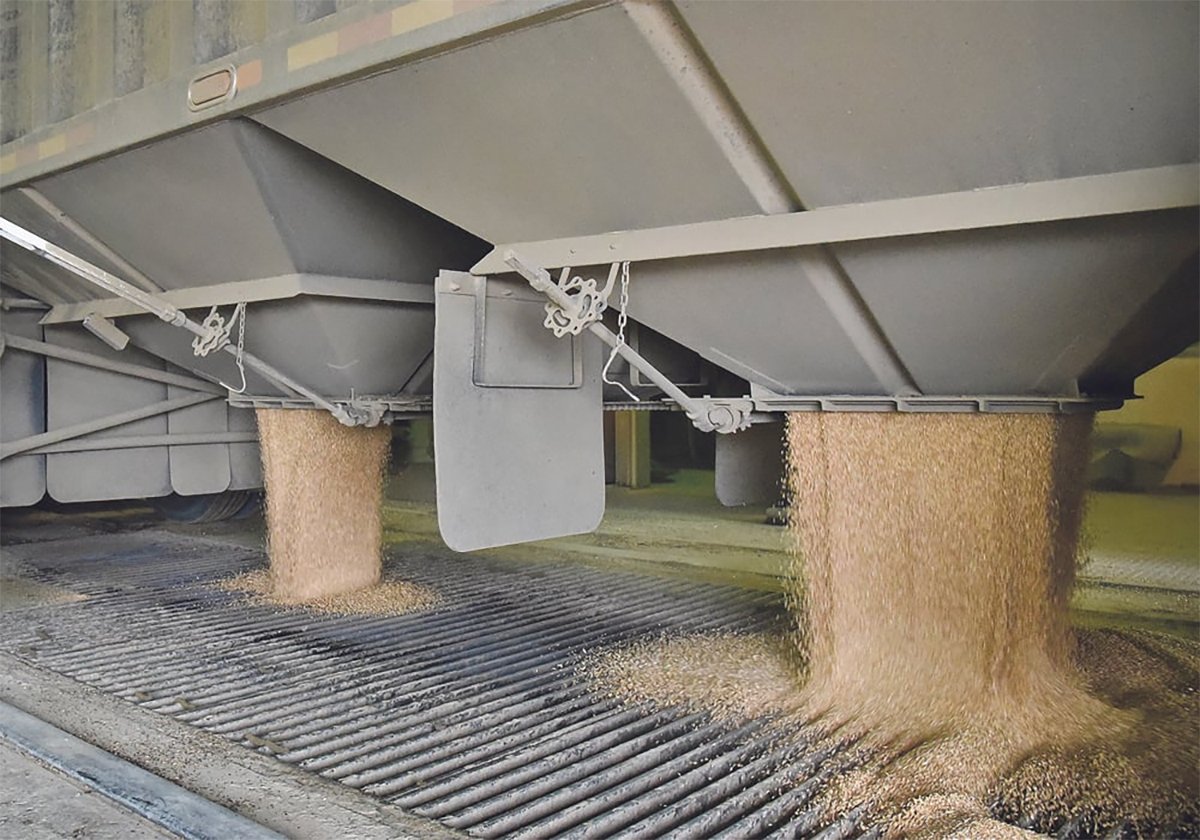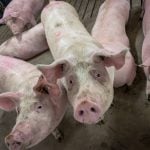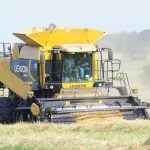I recently watched the 2011 documentary film Page One: Inside the New York Times.
What intrigues me about this film is the Page 1 decision-making process.
The front-page meeting was a stodgy affair of about a dozen people, led by then executive editor Bill Keller.
Later in the film, that is contrasted by an official from Gawker, an online aggregator site, explaining that its front page is a live display called “The Big Board” that shows which stories were getting the most hits.
And thus lies the debate between print and online “click-bait” sites: The latter says they’re just giving people what they want, while the former weighs what they believe would be popular with what is an important story.
Read Also

Worrisome drop in grain prices
Prices had been softening for most of the previous month, but heading into the Labour Day long weekend, the price drops were startling.
At The Western Producer we hold considerably smaller, yet more colourful, front-page meetings (we shoo the flies off the wall). News editor Terry Fries, myself and art director Michelle Houlden get together on Wednesdays to get an early take on what might make the front page for the following week.
Michelle then considers what would make appropriate art, be it a photo accompanying a story, a standalone photo or a graphic illustration. We meet again on Friday afternoon and Monday morning to discuss page one.
We do have access to Google Analytics, which provides live updates on what’s being read online. And while sometimes the story lineup on front page matches the online big numbers, we also try to place an important story on the front that won’t necessarily have the same appeal online.
We try to offer a good mix. The front page on May 7 offered an educational story (research into fusarium resistance), a good personal story (how Quill Lakes flooding is affecting farmers) and a timely story (we looked into a much-discussed Wired magazine columnist’s claim that farmers don’t own their John Deere tractors due to software patents).
Online, the flood story was easily the most popular, with more than 15,200 page views. The other two stories didn’t make the top 10.
While the latter two print stories wouldn’t fit the Gawker model, we try to match our front-page lineup with our goal of helping farmers run a business, and keeping on top of new developments. Some of that isn’t sexy — or click bait — but it’s how we keep things growing in ag journalism.















